‘You’ve never seen so much devastation in your life unless you’ve been to a war zone,’ recalls Dave Roberts. He was just 21 years old when the 1974 Flixborough disaster occurred and eight months into his training to be a plant operator at the Nypro plant at the centre of the tragedy. ‘If it had happened on a weekday, I’m guessing there would have been nearly 200 [fatalities],’ he says. ‘That time of day, just before five o’clock, all the engineers would be leaving the workshops and walking through the plant.’
Fifty years have now passed since the devastating explosion close to the sleepy village of Flixborough in North Lincolnshire that killed 28 employees and injured a further 36. Deemed the UK’s worst mainland process plant disaster, the event left a lasting legacy on the chemical industry and drove forward improvements in process safety.
‘It is still one of the prime examples we use in our teaching because as far as the UK is concerned – in terms of loss of life – it is probably Britain’s worst on-shore industrial accident, other than mining disasters, going back a couple of centuries,’ explains Robert Skelton, a chemical engineering undergraduate supervisor at Magdalene College at the University of Cambridge.
Following an extensive investigation, it was concluded that the Flixborough disaster was the result of a modification to a reactor that was carried out with little thought to the potential consequences.
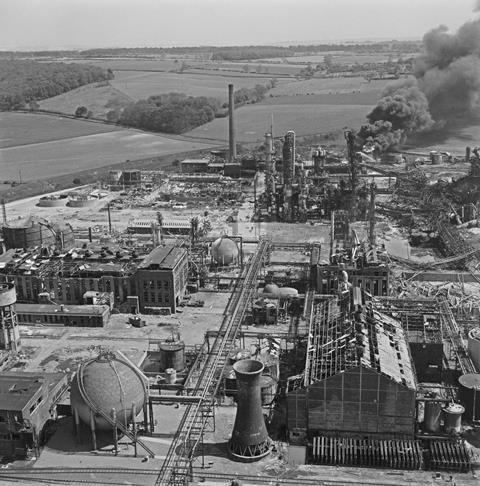
Still learning from the disaster
The plant, operated by Nypro, was commissioned in 1967 to produce caprolactam, an intermediate in the production of nylon. A key part of the process at the time of the disaster involved the oxidation of cyclohexane by air in a series of six large reactors, connected by metal expansion bellows that help to accommodate thermal expansion and movement of feedstocks in the pipelines.
According to the report of the court of inquiry published by the Health and Safety Executive, the problems at Flixborough started on 27 March 1974, when a crack in reactor five was found to be leaking cyclohexane. The plant was shut down and the decision was made to move the broken reactor and install a bypass to connect the fourth and sixth reactors.
The layout of this dogleg pipe was sketched in chalk on the workshop floor
Robert Skelton, University of Cambridge
‘The old connectors were 28-inch pipes [but] they didn’t happen to have any 28-inch pipe around, so the bypass was made of 20-inch pipe, which [meant] you needed a reduction piece between the bellows and the pipes which adds more stress,’ explains Skelton, who was working as a chemical engineer for a company in the northeast of England at the time of the disaster.

‘When they proposed this modification, there were no drawings, no documentation – apparently the layout of this dogleg pipe was sketched in chalk on the workshop floor. It was then supported temporarily on scaffolding with no proper pipe supports to take the stresses in the pipe,’ he adds.
‘It had run with this temporary bypass for two or three weeks and then the plant was shut down again for various other reasons,’ he adds. ‘It was on the second startup that [the explosion] happened.’
Disaster strikes
On the afternoon of 1 June 1974, the 20-inch bypass system ruptured – possibly due to a fire on a nearby eight-inch pipe – resulting in the escape of a large amount of highly flammable cyclohexane. Having formed a fuel–air mixture, it ignited just before 5pm. An unconfined vapour cloud explosion with the force of between 14 and 40 tonnes of TNT followed, starting numerous fires at the site and destroying multiple buildings, including the control room where 18 people were working.
‘Nobody took into account that when fluid goes around a bend in a pipe, it actually puts stresses on the bend, which in turn puts a turning moment on the bellows and the bellows fail,’ says Skelton, who left industry to take on a role as a nuclear energy teaching fellow at Cambridge where, at the time, the head of department was John Davidson, the technical lead to the court of inquiry into Flixborough.
There’s no doubt it was a tale of mismanagement on the part of Nypro
Robert Skelton, University of Cambridge
He says that this theory was contested by Nypro at the public enquiry, who claimed the initiating event was a leak from a smaller pipe leading to a pressure relief valve which caught fire first and caused the bellows to fail. ‘But there’s no doubt it was a tale of mismanagement on the part of Nypro … there’s no doubt that no proper safety studies were done,’ Skelton says.
The disaster taught industry some important lessons. Prior to the disaster, the risk of such an explosion was not generally taken into account in the design and location of surrounding buildings and guidance has since been published to ensure improved protection of workers on site.
In addition, Skelton explains that at that time, Flixborough had chemical engineers but no mechanical engineers on site. ‘When I [as a chemical engineer] was taught fluid mechanics we did not cover that little bit of the force/momentum equation which would cover the effects of forces on bends – that was generally considered mechanical [engineering].’
Eyewitness account
Although 28 people died in the disaster the number of fatalities could have been far higher had the explosion happened on a weekday, rather than a weekend when far fewer people were working at the plant.
Roberts was scheduled to work on Saturday 1 June 1974 but ended up taking annual leave to spend the day with his fiancée, Lesley, who he went on to marry on 1 February 1975. They will be celebrating their gold wedding anniversary next year.
‘A week before the explosion I went to my shift supervisor to see if I could book the Sunday shift off,’ Roberts recalls. ‘He said, “Well no, you can’t because Wayne – another lad – has already booked it off and I won’t allow two of you off at once without getting some cover in”. So I said I’d book off the Saturday instead, which is why I wasn’t there when I should have been.’
‘I dropped my two mates off about 11.30pm on the Friday night and I said “I’m not there tomorrow so I’ll pick you up Sunday morning on the way to work” but of course they both died and one of them was my best mate, John [Render].’
He recalls feeling the blast while at his mother’s house, six miles away from the plant. ‘We couldn’t get anywhere near but I knew a way onto the river bank to see it from about a mile away and it was just fire and devastation.’
Roberts says he can talk about the disaster today but it took many years; nearly 20 of those who died were people he worked with, including his best friend. Many of the workers, himself included, were called in to help find the bodies of their colleagues and there was no counselling on offer to help them with what they had been through.
When they found a body they sent us off to a hut for a cup of tea while they removed the body
Dave Roberts, former Nypro worker
‘Maybe two weeks after, they fetched the coal mine rescue teams to dig into the piles of rubble because there was devastation everywhere. They had us split into two daytime shifts helping them when they were digging the rubble out. When they found a body they sent us off to a hut for a cup of tea while they removed the body – that was your counselling back in 1974.’
‘It took nearly a month to find them all; we were doing it by smell or flies.’

‘One other incident [I remember] was, we were sat in what was the old locker room area, debris scattered everywhere, next to my feet was my best mate’s ID card, just the half with his picture, the other half had been burned off … it’s almost like he was saying “don’t worry”.’
Roberts got made redundant in November 1974, about six months after the disaster. ‘The redundancy was pretty good, I think I got about £3000 which was a reasonable amount of money.’ He then joined a local steel works, before going on to become a painter and decorator – a job he loves and is still doing in his 70s.
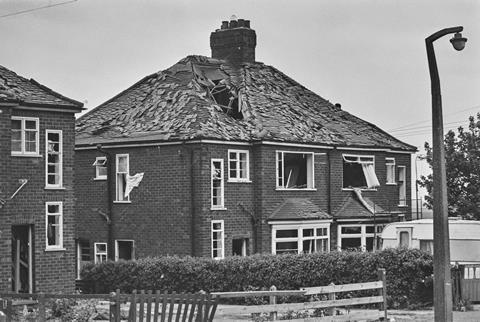
He still feels very lucky he wasn’t working that fateful Saturday. ‘If it wasn’t for my girlfriend, I would have been there and probably died with the rest of them … I won the lottery that day and I’ve been winning it ever since. But my best friend … he was younger than me … if I’m working nearby, I’ll drop in to see him at the cemetery.’





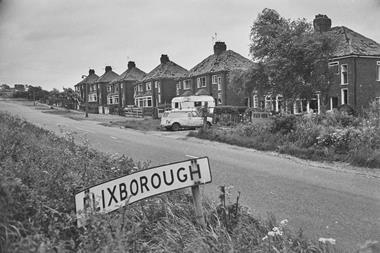



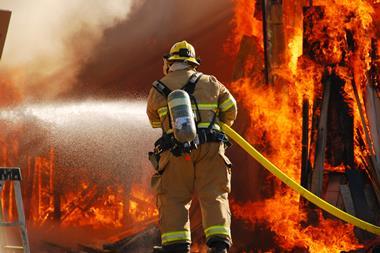






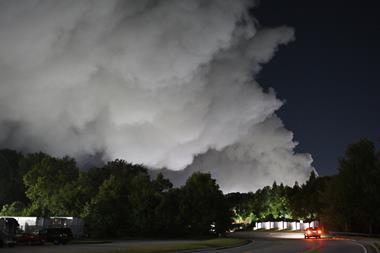
2 readers' comments